Yes, you can protect your skin from the sun's harmful rays and still maintain adequate Vitamin D levels. Minimal sun exposure—just 15 to 30 minutes a few times a week—is sufficient for Vitamin D synthesis. Let your body absorb the sunlight while you protect your face daily.
Don't make excuses to skip sunscreen. If you're concerned about Vitamin D deficiency, incorporating Vitamin D-rich foods and supplements into your diet can help you get this essential nutrient without compromising your skin's health.
Prioritizing sun protection, especially for your face, can significantly reduce the risk of photoaging, long-term skin damage, and cancer. It's never too late to start taking care of your skin. If you've neglected sun protection up to now, you can change that today. Use a broad-spectrum sunscreen with an SPF of 30 or higher to block both UVA and UVB rays. Enhancing your sunscreen routine with antioxidants like Vitamin C can further protect and revitalize your skin.
Daily use of sun protection, alongside Retinol and other active ingredients, can effectively fight the signs of aging.
With time and dedication, you can rejuvenate your skin. The key is commitment: always wear sunscreen, support your skin with antioxidants, repair it daily with a comprehensive skincare routine, and eat a vitamin-rich diet. Following these steps will help your skin maintain a youthful glow.
Embrace your sunscreen, enjoy the sunshine wisely, and nourish your body with the right foods to keep your Vitamin D levels in check and your skin radiant.
For more sunscreen tips, check out the article "5 Summer Skincare Secrets You NEED to Know" and watch the YouTube video below! Follow me on YouTube and subscribe to my newsletter for more skincare resources.













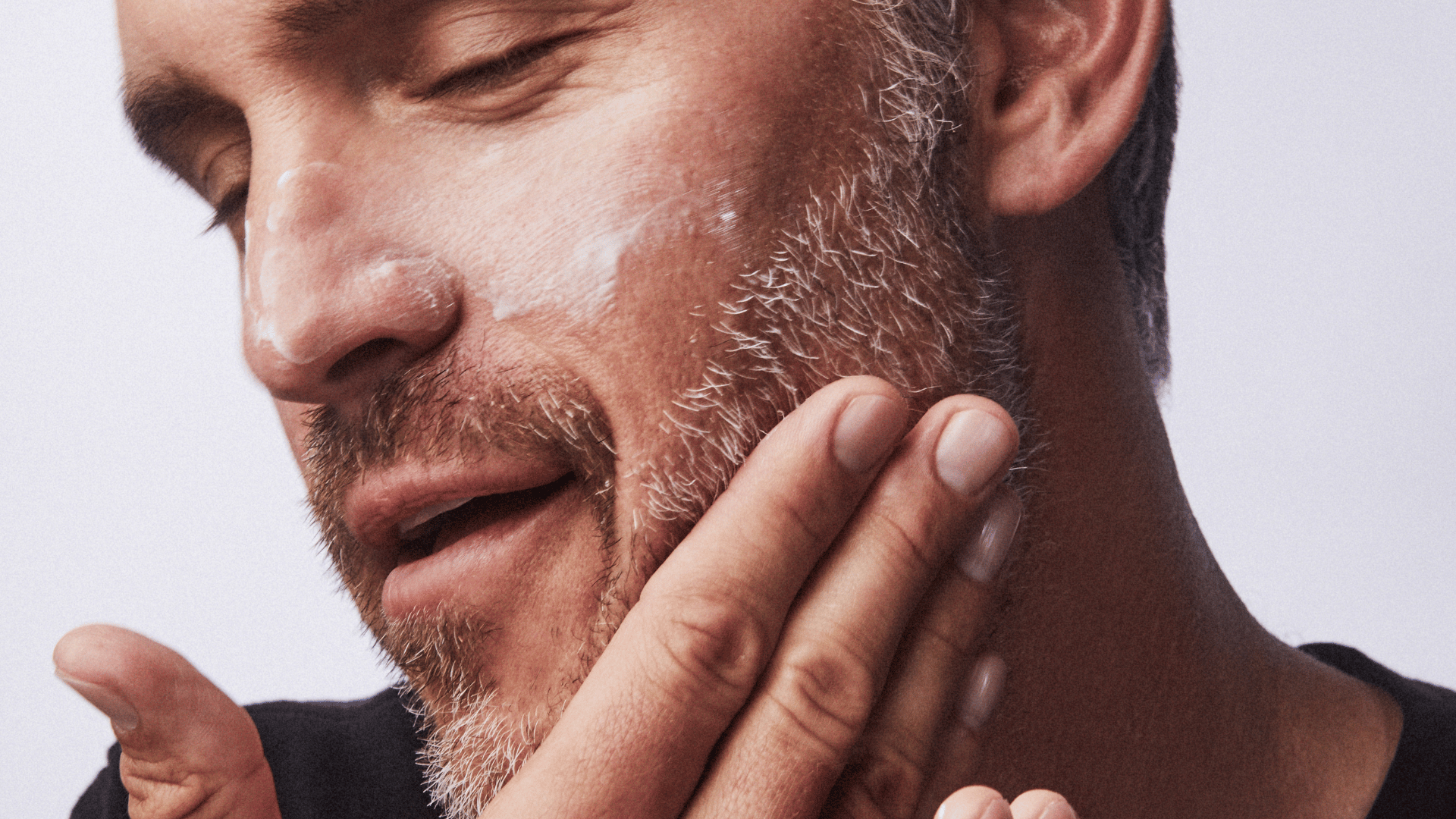


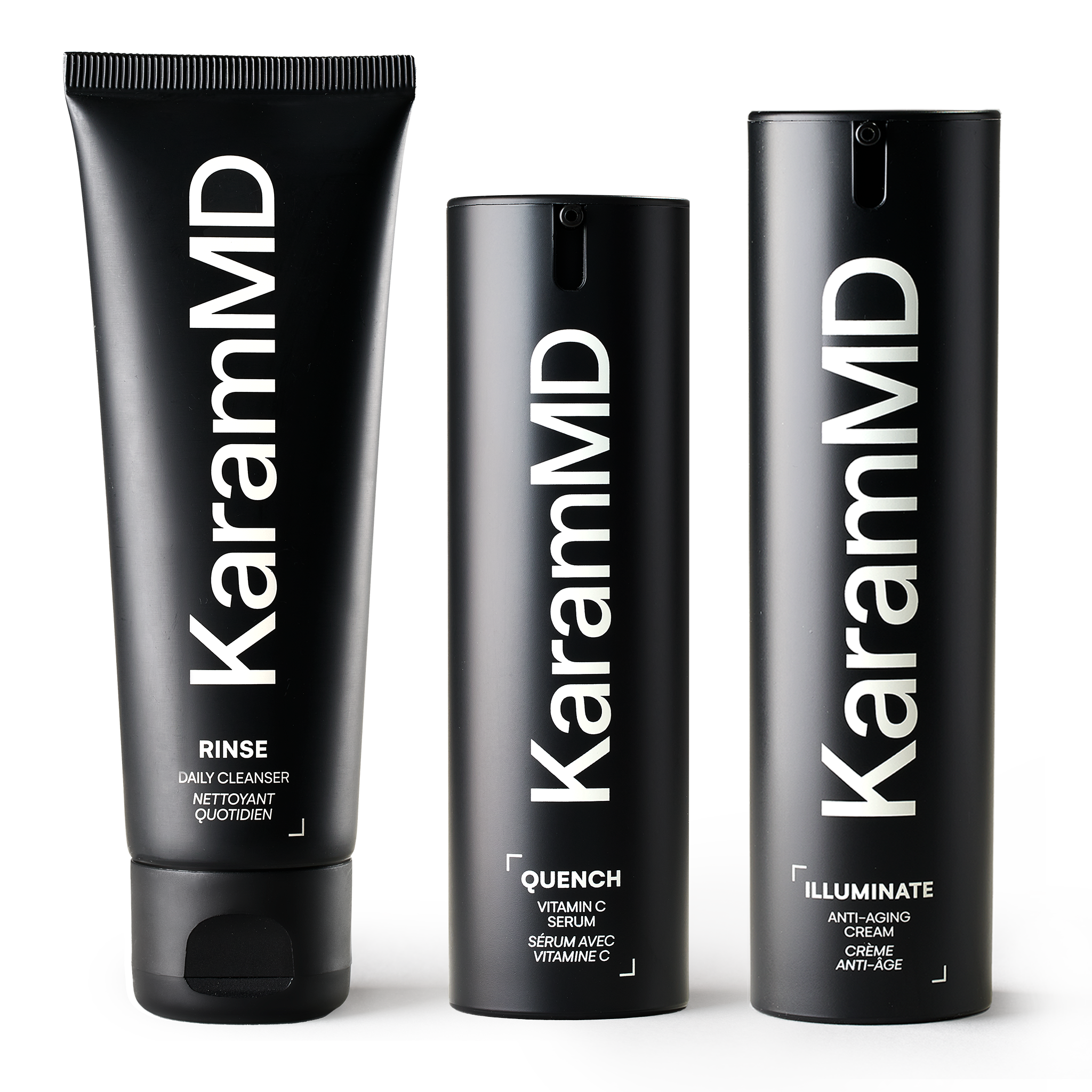
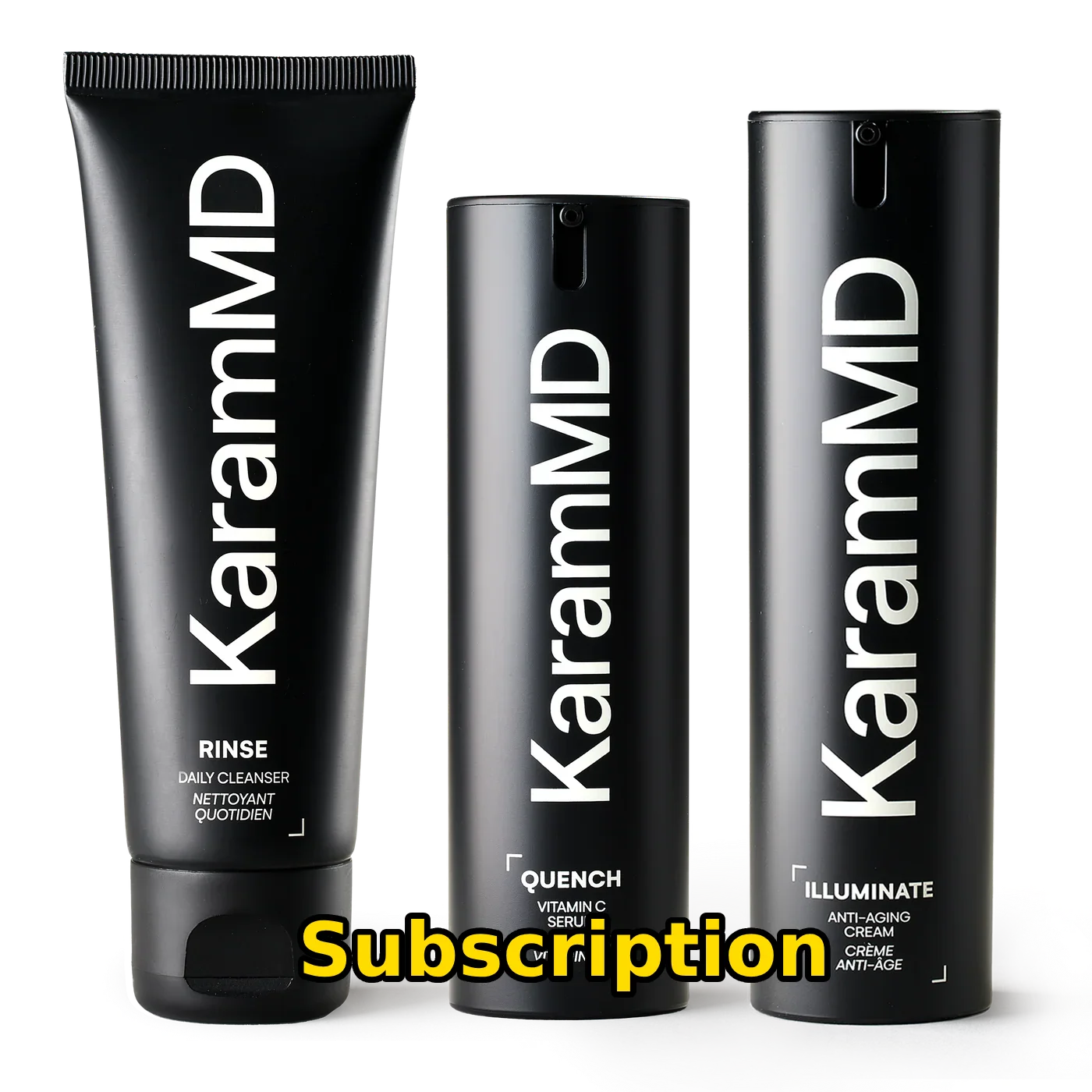




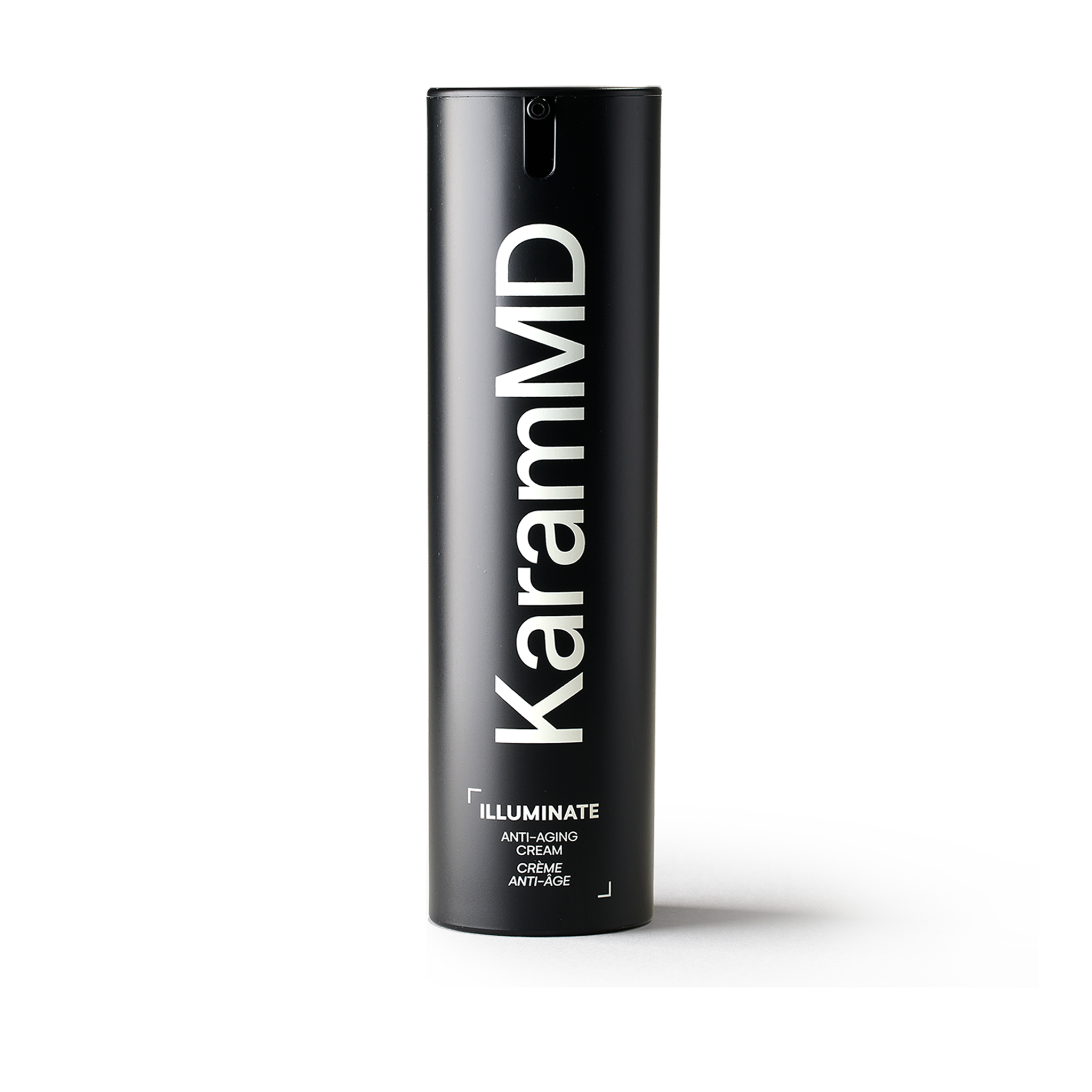


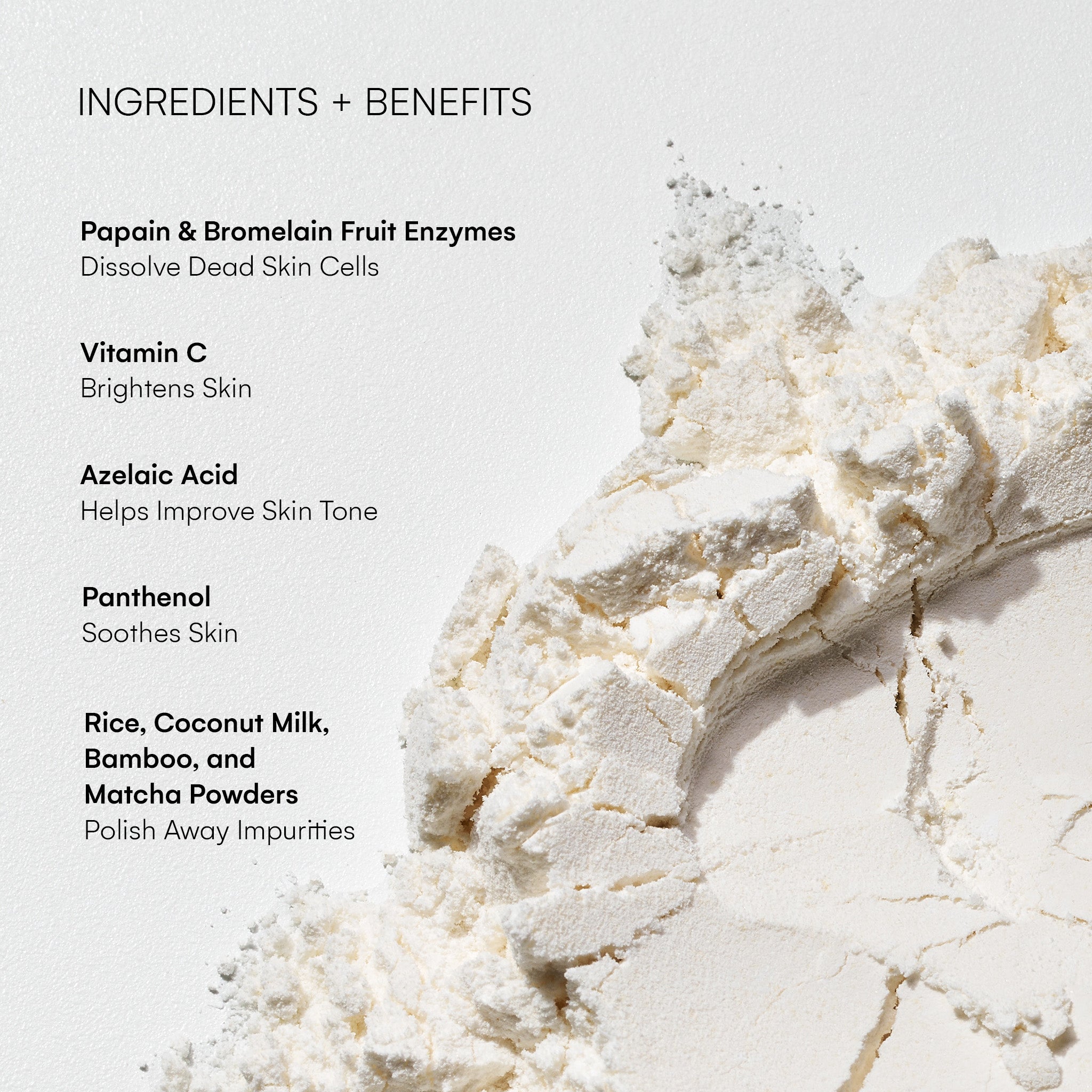


2 comments
Marla Barrett
As a gardener I get plenty of sun and feel like a sun magnet. Since my facelift I have been so diligent about sun block and hats. I use the Trifecta which I love, but it doesn’t target the brown sun sports I’ve acquired thru time. Do you have product recommendations for these preexisting brown sun spots?
———
KaramMD Skin replied:
Hi Marla,—Thank you for your question. Hyperpigmentation is a common result of sun damage, and since sun damage is cumulative over the course of your life, you will definitely need some time and patience to undo it. You are exactly on the right track with Trifecta, and with commitment and consistency, and the incorpoation of the Polish exfoliator as part of your routine, you should start to see lightening of the spots within 6 months to a year. The longer you stick with Trifecta, the more improvement you will see. With it being summer, Dr. Karam will write an upcoming article about hyperpigmentation and the best ingredinets to help navigate it, so make sure you are subscribed to his newsletters and keep an eye on your inbox! I hope that helps!
Molly Lee Johnson
I am religious about my sunscreen use — I mix Goop with my lotion daily as I get out of the shower, but I’m extra careful about my face, especially since my VR! Is there a way you’d recommend getting Vit C and retinol for helping the skin on our arms/shoulder/legs etc?
———
KaramMD Skin replied:
Hi Molly—That’s excellent, we love hearing from people who are on top of thier sunscreen. Keep up the good work! As for active ingredients in body lotions, they do have Vitamin C, Retinol, Hyaluronic acid, etc in a number of lotions that you should be able to find at your local stores. Another option would be to look for the actives you want in a less expensive facial product. You can always mix it with a regular lotion to help it go a little further. Any amount when used consistently will help you get the added benefits of the active ingredients. We will also pass your feedback along to the team and maybe we will see a KaramMD body product in the future! Thanks for taking time to read the Journal and we hope that helps give you an answer your question! > >
Leave a comment
All comments are moderated before being published.
This site is protected by hCaptcha and the hCaptcha Privacy Policy and Terms of Service apply.